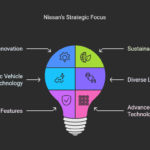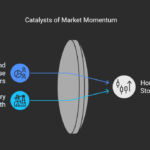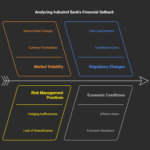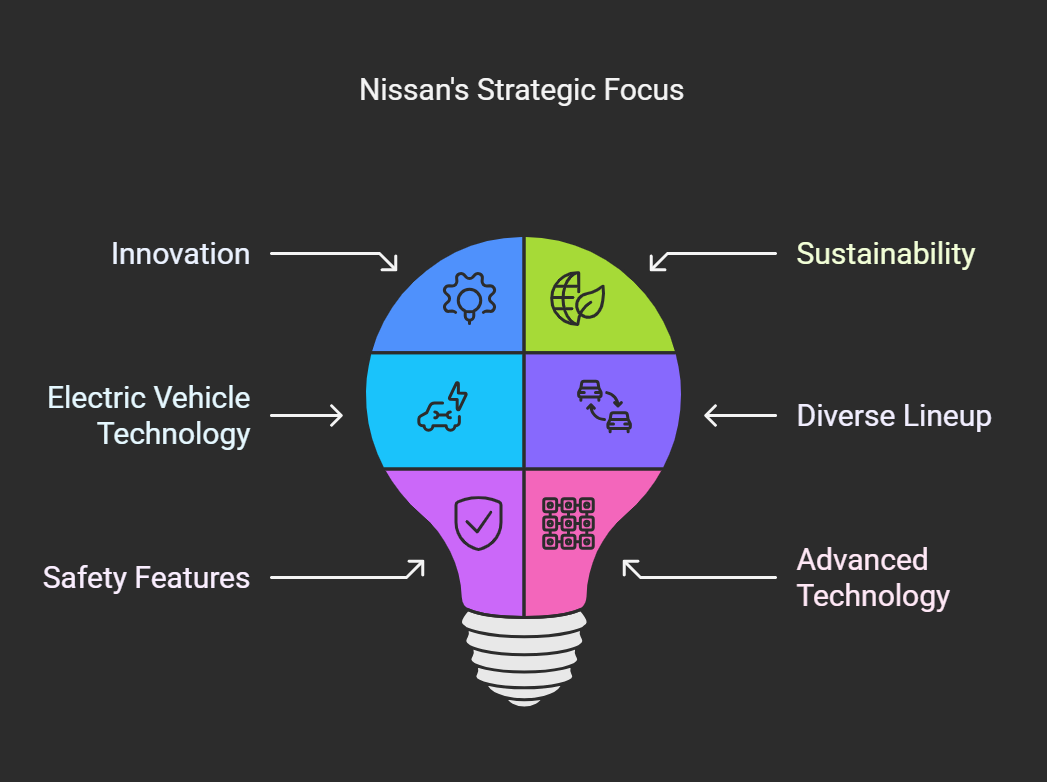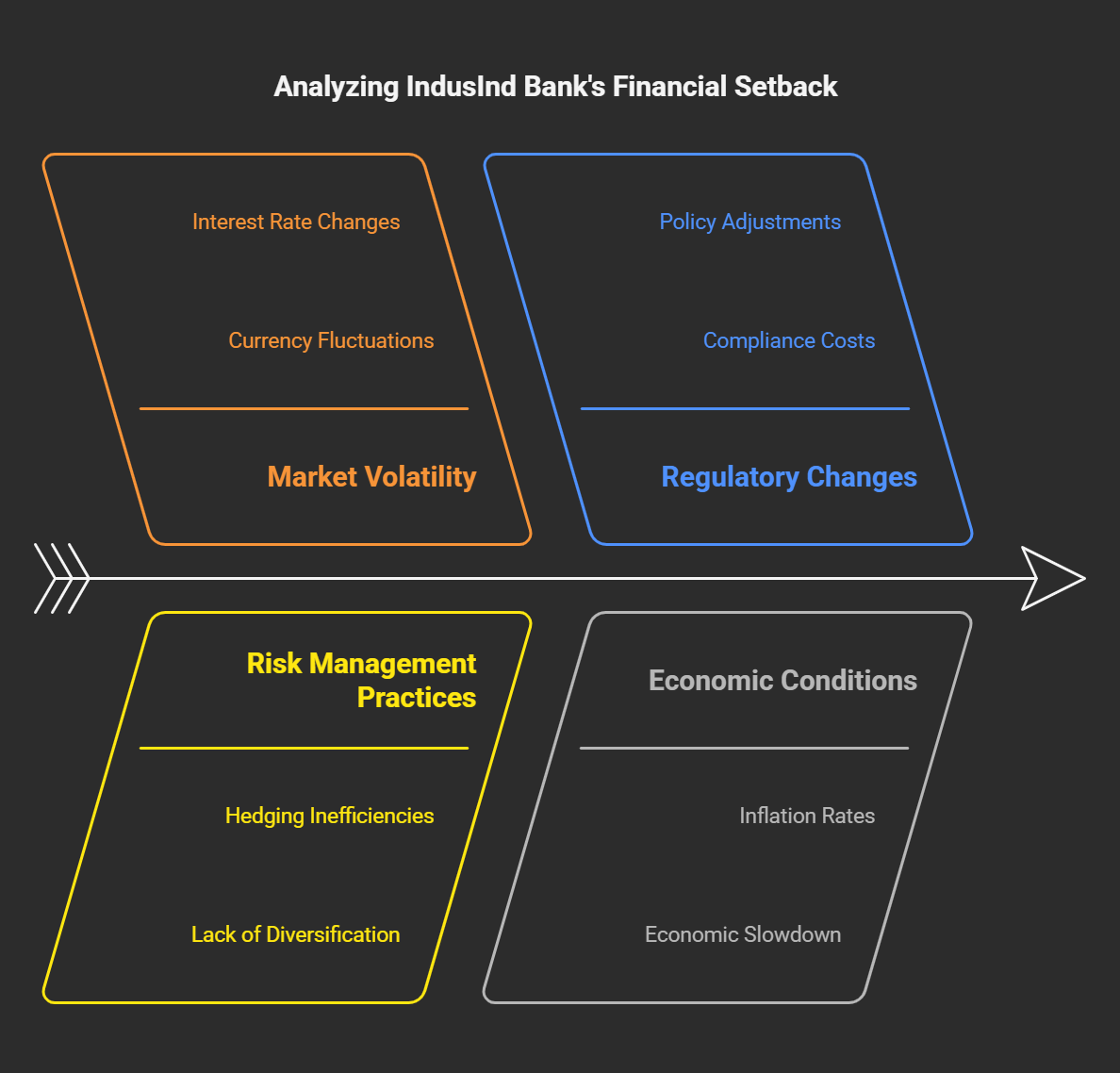The government is contemplating raising the income tax exemption limit to Rs 5 lakh under the new tax regime, offering no relief for others.
To spur consumer spending and bolster GDP growth, the government is considering lowering personal income tax rates, multiple officials suggest.
An official mentioned that the income threshold for tax exemption might be increased from Rs 3 lakh to Rs 5 lakh in the upcoming budget, expected mid-July. This adjustment, aimed at increasing disposable income for low earners, would apply solely to those under the new tax regime.
The final decision will be made closer to the budget presentation.
If implemented, this could reduce tax liability by Rs 10,400 (including a 4-percent Health & Education cess) for those earning between Rs 7.6 lakh and Rs 50 lakh.
For incomes from Rs 50 lakh to Rs 1 crore, the benefit would be Rs 11,440 (including cess and a 10-percent surcharge), and for those earning between Rs 1 crore and Rs 2 crore, it would be Rs 11,960 (including cess and a 15-percent surcharge). Individuals with incomes above Rs 2 crore would see a reduction of Rs 13,000 (including cess and a 25-percent surcharge).
According to Sonu Iyer, Tax Partner at EY India, increasing the basic tax exemption limit to Rs 5 lakh under the new regime will save at least Rs 10,000 in taxes for individuals earning above Rs 5 lakh, except for those already benefiting from a tax rebate on incomes up to Rs 7 lakh. This move will boost disposable income, thereby stimulating spending and investment, key drivers of economic growth.
The Budget 2020 introduced an option to choose between the existing tax structure with lower incidence via specified investments or a new system with lower rates but fewer deductions and exemptions.
Under the old regime, taxpayers could claim deductions for investments and exemptions like house rent and leave travel allowances.
Another official noted that the government is unlikely to reduce the highest individual income tax slab rate from 30 percent to 25 percent under the new regime, as the focus is on boosting consumption among lower-income individuals.
The Centre is also unlikely to adjust the rates under the old regime despite calls to increase the highest tax rate threshold from Rs 10 lakh to Rs 20 lakh, aiming to encourage more people to adopt the new regime that limits exemptions and rebates.
Those earning over Rs 15 lakh annually fall under the highest 30-percent tax bracket in the new regime, while the old regime imposes the highest tax rate on incomes above Rs 10 lakh.
Prioritizing lower personal income tax rates over increasing subsidies, the government seeks to avoid the inefficiencies associated with welfare schemes, according to a third official.
“Tax cuts are a more effective means to boost consumption than expanding welfare schemes, which often suffer from inefficiencies, leading to benefits not fully reaching the intended recipients,” the official added.
The push for measures to aid consumption comes as the country grapples with a private consumption growth rate of around 4 percent—a 20-year low, excluding the pandemic year—despite an impressive 8.2 percent GDP growth in FY24.
